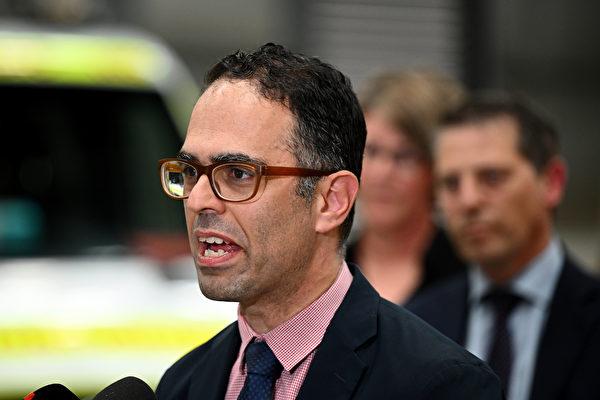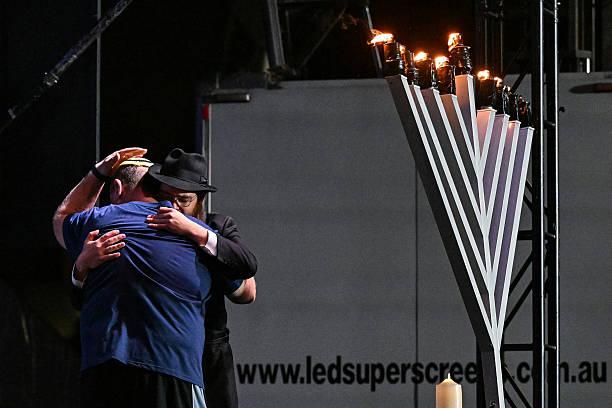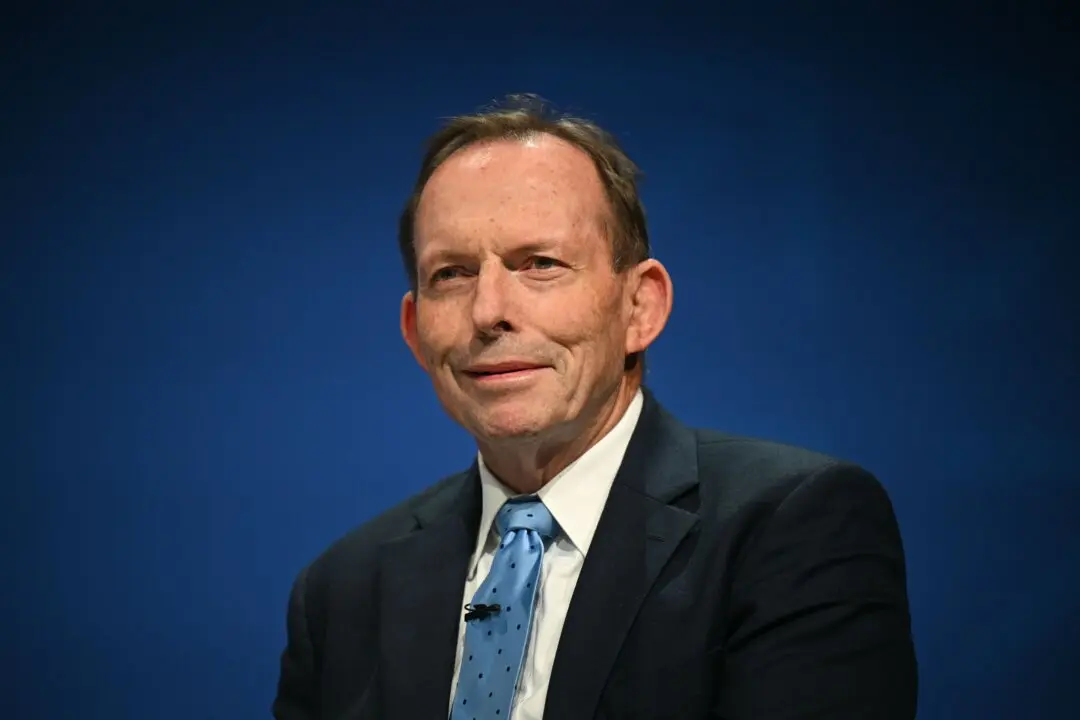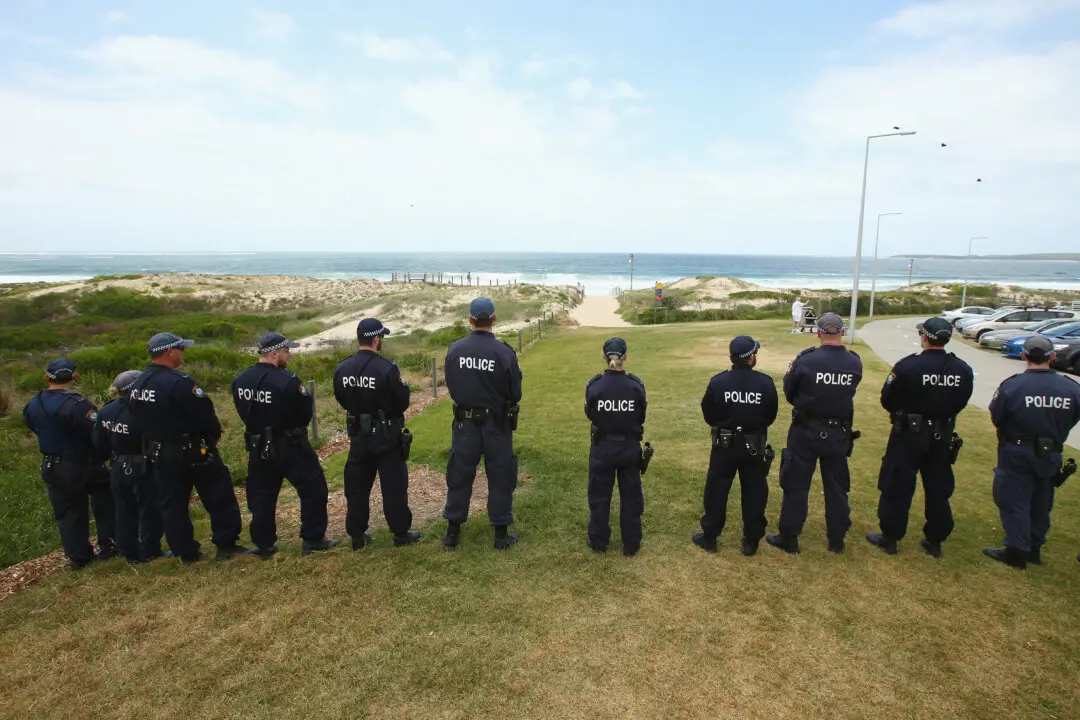New South Wales (NSW) is to head into its sixth straight year in deficit, something state Labor Treasurer Daniel Mookhey blames entirely on the Commonwealth Grants Commission’s decision to cut NSW’s share of GST revenues by $11.9 billion over the next four years.
The treasurer has branded this decision an “absurdity” which would impose “austerity” on the state.





